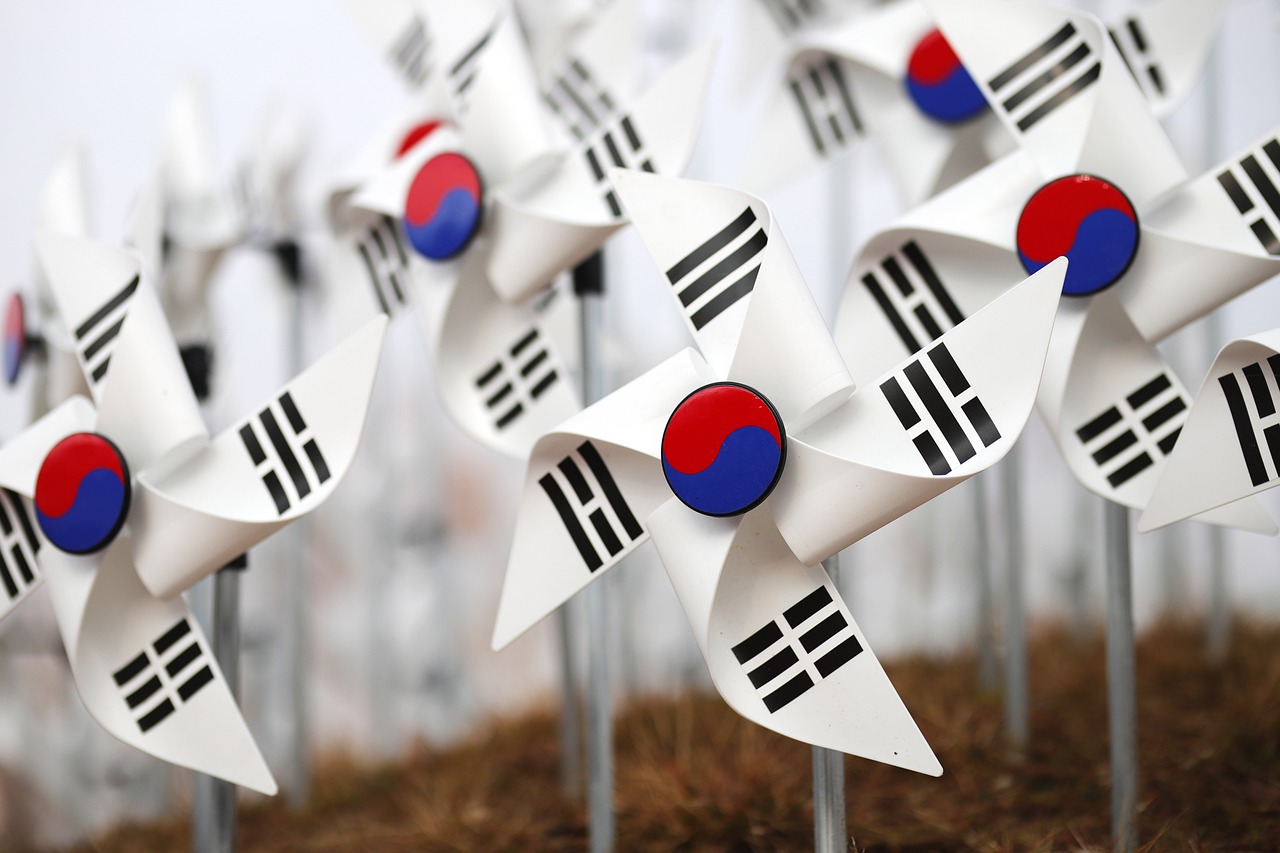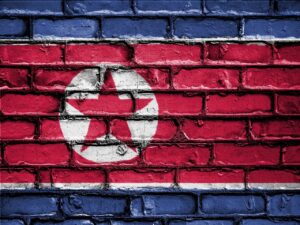Korean Sign Language (KSL,한국 수화 언어) is a captivating and dynamic mode of communication that resonates within the Deaf community of South Korea. As a language with its own intricate grammar, syntax, and vocabulary, KSL has a fascinating history, a significant user base, and a journey towards recognition that reflects the resilience and vibrancy of the Deaf culture in Korea.
Origins and Historical Evolution
The roots of Korean Sign Language can be traced back to the early 20th century, evolving within the Deaf communities in South Korea. It emerged organically as a means of communication, mirroring the spoken Korean language while developing its own unique linguistic structure. KSL’s evolution was shaped by interactions within Deaf schools, social gatherings, and cultural exchanges, paving the way for its distinct identity.
Number of Users and Cultural Significance
Korean Sign Language serves as the primary means of communication for a substantial portion of the Deaf community in South Korea. Estimates suggest tens of thousands of individuals utilize KSL for daily interactions, education, and cultural expression. Beyond being a mode of communication, KSL is integral to the cultural identity and unity of the Deaf community, fostering connections and solidarity.
Government Recognition and Milestones
South Korea took a significant step towards recognizing the importance of KSL in 2016 when the National Assembly passed a law acknowledging Korean Sign Language as the country’s official sign language. This landmark legislation marked a monumental moment in acknowledging the linguistic and cultural rights of the Deaf community, promoting inclusivity, and enhancing accessibility in various domains, including education and public services.
Unique Aspects of KSL
- Visual-Gestural Language: KSL relies on handshapes, movements, facial expressions, and body postures to convey meaning, nuances, and emotions, akin to other sign languages worldwide.
- Regional Variations: Similar to spoken languages, KSL exhibits regional variations across different areas of South Korea, reflecting diverse linguistic influences and local nuances.
- Cultural Expressions: KSL incorporates cultural references, gestures, and idiomatic expressions that reflect the rich heritage and societal nuances of South Korea.
Educational Integration and Cultural Preservation
Efforts to integrate KSL into educational settings have gained momentum, aiming to provide better accessibility and support for Deaf students in schools and universities. Additionally, initiatives to preserve KSL and its cultural significance continue, including documentation, research, and advocacy for its recognition and promotion.
Interesting Facts and Community Contributions
- Influence of Hanja Characters: KSL incorporates elements inspired by Hanja characters, a Chinese character system used in written Korean, enhancing its depth and complexity.
- Community-driven Evolution: The Deaf community in South Korea actively contributes to the evolution and enrichment of KSL, fostering its growth and adaptability.
- Cultural Performances and Artistry: KSL serves as a medium for artistic expression, with performances, storytelling, and visual arts becoming integral parts of Deaf cultural events.
Significance and Future Prospects
Korean Sign Language’s recognition by the government signifies a pivotal moment in the quest for inclusivity and linguistic rights. It opens doors for increased accessibility, educational opportunities, and societal integration for Deaf individuals in South Korea. The ongoing evolution of KSL underscores the significance of embracing linguistic diversity and ensuring equal opportunities for all members of society.
Conclusion
Korean Sign Language embodies the vibrancy and resilience of the Deaf community in South Korea. Its rich history, distinct linguistic characteristics, and cultural significance highlight the importance of linguistic diversity in shaping societal inclusion and identity. As KSL continues to evolve and thrive, it serves as a testament to the unwavering spirit of linguistic expression and cultural unity within the Deaf culture of South Korea.




One thought on “Unraveling the Story of Korean Sign Language (KSL)”